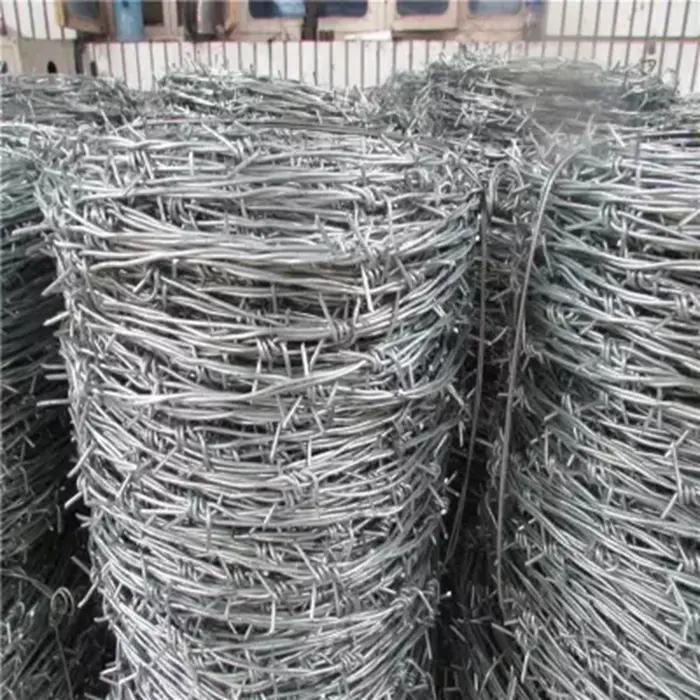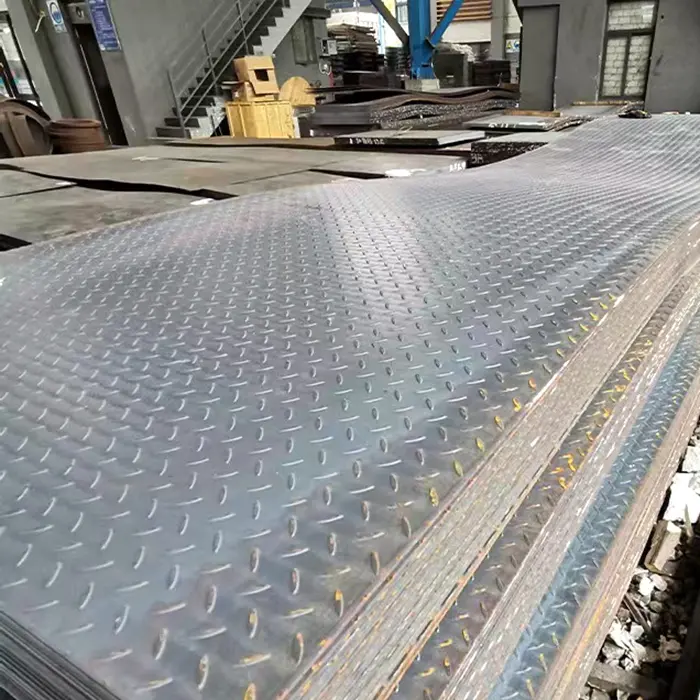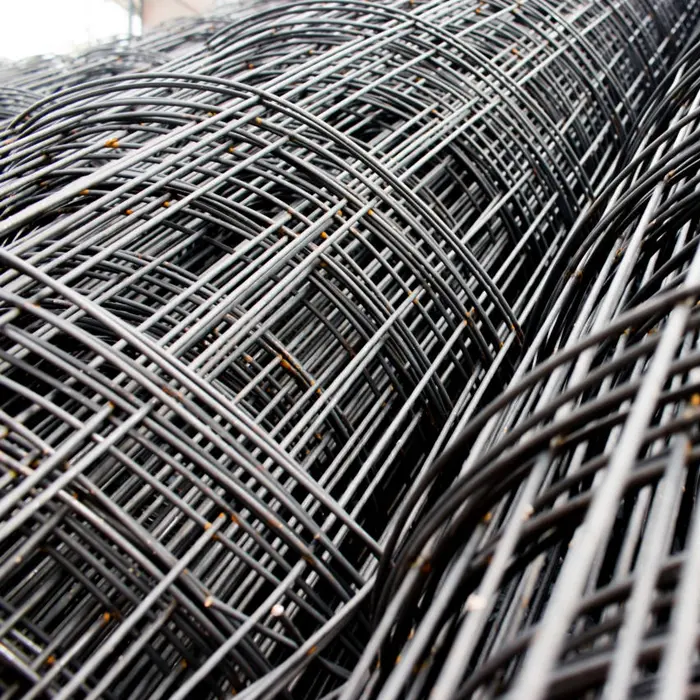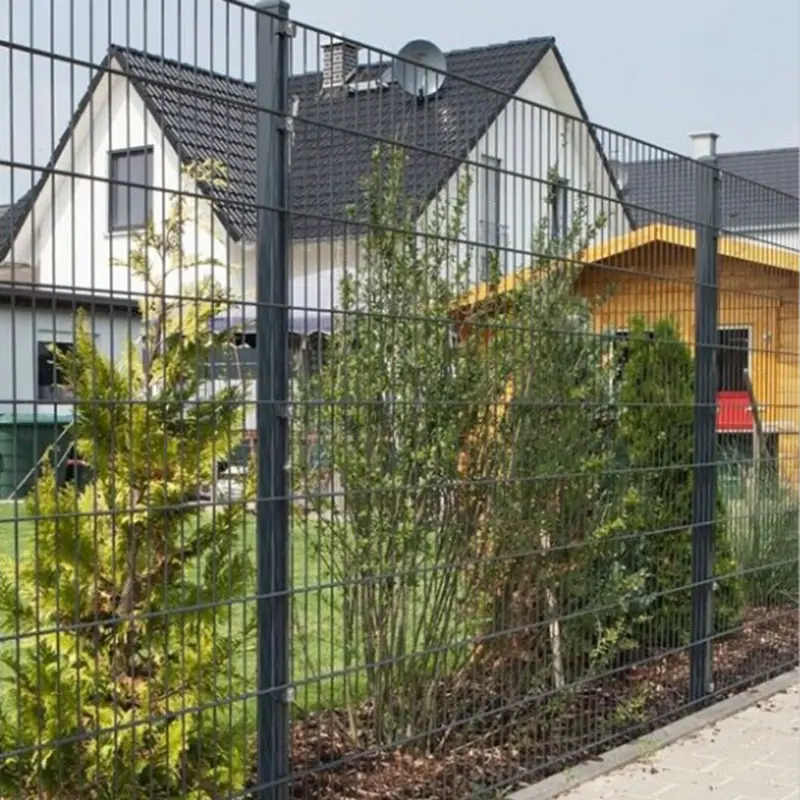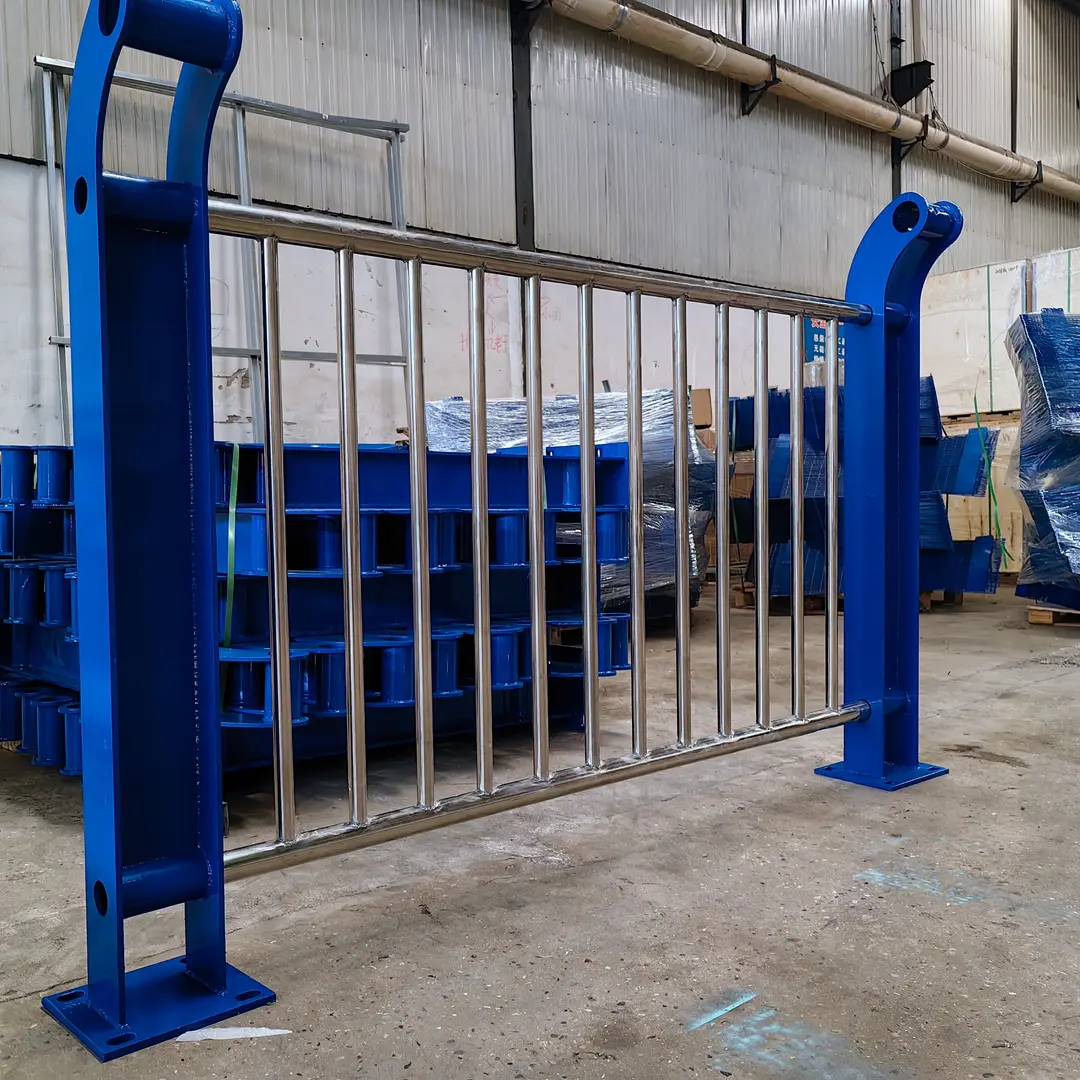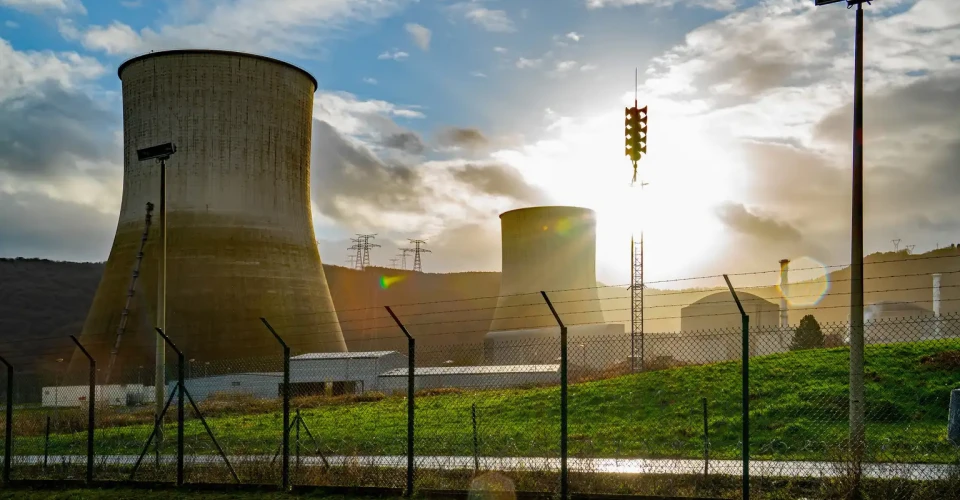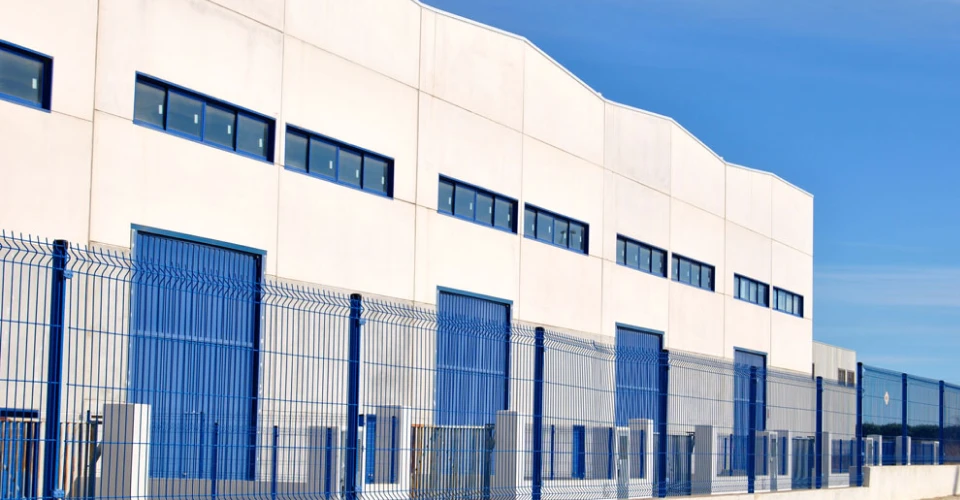These fencing solutions serve multiple vital functions—from protecting players and spectators to maintaining game integrity and even contributing to the professional appearance of the facility. As sports continue to evolve with higher speeds, greater impacts, and more sophisticated venue requirements, the technology behind sports field fencing has kept pace with innovative materials and designs that address these challenges.
The Critical Role of Sports Field Barriers
Sports fencing systems are engineered with specific performance characteristics that distinguish them from ordinary perimeter fencing. The primary consideration is athlete safety, particularly in high-impact sports where collisions with barriers occur regularly. A well-designed sports fence must absorb and dissipate energy effectively to prevent injuries while maintaining structural integrity.
Beyond safety, these barriers play a crucial role in game management. In sports like baseball, soccer, and tennis, the fence defines playing boundaries and contains equipment within the field of play. The design must account for the sport's specific dynamics—baseball fences need to withstand the impact of balls traveling at high velocities, while soccer barriers must accommodate player collisions without causing injury.
Visibility represents another essential factor, particularly for spectator sports. The fencing must provide unobstructed views for officials, players, and audience members while still offering sufficient protection. This balance between transparency and security requires careful material selection and structural engineering.
Sport-Specific Fencing Applications
Different athletic disciplines demand specialized fencing solutions tailored to their unique requirements. Baseball and softball facilities typically employ high-impact resistant fencing systems that can withstand repeated ball strikes at high velocities. These fences often incorporate energy-absorbing features to protect outfielders making plays at the wall while maintaining the professional appearance expected at competitive levels.
Soccer and football venues present different challenges, where the fencing must accommodate player contact while preventing spectator interference. The solutions here often involve reinforced barrier systems that can withstand the force of player impacts while maintaining clear sightlines for officials and fans. Many modern soccer facilities now incorporate retractable or removable fencing systems that allow for field configuration changes to accommodate different events.
Tennis and pickleball courts require precision fencing that minimizes game interruptions while providing necessary containment. The fencing must be high enough to keep balls in play yet designed to reduce wind interference and visual distractions for players. Advanced materials in these applications help dampen sound and vibration, creating better playing conditions.
Track and field facilities employ fencing primarily for safety and event management. Throwing events like javelin, discus, and shot put require specialized barrier systems that protect spectators and officials while allowing for proper event administration. These fences often incorporate netting systems that can stop high-velocity projectiles without obstructing views of the competition.
Innovations in Sports Fencing Technology
Recent advancements in materials science and engineering have led to significant improvements in sports fencing systems. Modern high-performance polymers and composite materials offer superior strength-to-weight ratios, allowing for fences that are both more protective and less visually intrusive. These materials also provide better resistance to environmental factors like UV radiation and moisture, extending the lifespan of the fencing.
Impact absorption technology has seen particular innovation, with new designs incorporating energy-dissipating features that significantly reduce the risk of player injuries. Some systems now use advanced tensioning mechanisms that allow the fence to flex upon impact before returning to position, combining safety with durability.
Aesthetic integration has become another area of focus, with fencing systems now designed to complement venue architecture and branding. Custom color options, integrated graphics, and lighting compatibility allow facilities to maintain a cohesive visual identity while meeting all functional requirements.
The evolution of sports field fencing reflects the increasing sophistication of athletic facility design. Today's fencing solutions go far beyond simple barriers, incorporating advanced materials and engineering to address the complex demands of modern sports. As athletic competitions continue to push the limits of speed and power, and as spectator expectations for safety and viewing experience grow ever higher, sports fencing will remain a critical component in venue design.
The future of sports field barriers lies in smart systems that can adapt to changing conditions, materials that offer even greater protection with less visual intrusion, and designs that seamlessly integrate with the total facility experience. What remains constant is the fundamental role these systems play in protecting athletes, preserving game integrity, and enhancing the spectator experience—making them an indispensable element of any quality sports facility.


